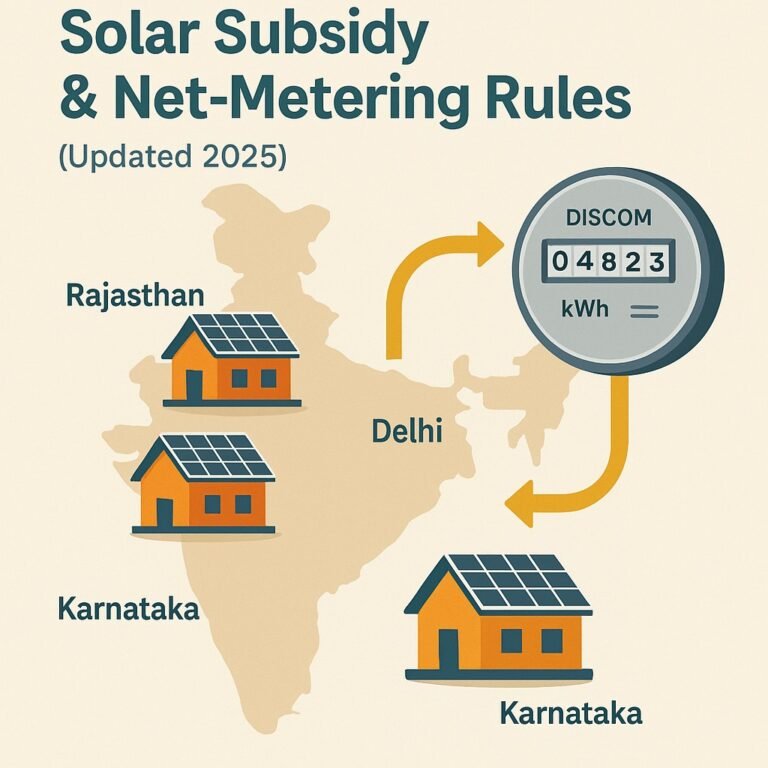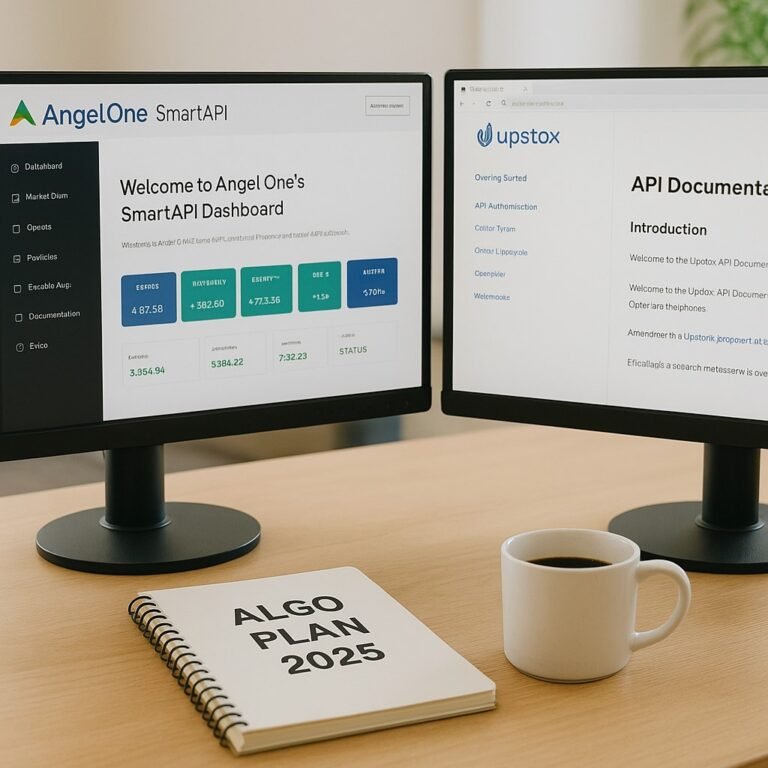
Businesses often face a cash crunch while waiting for customers to pay invoices. Invoice discounting is a financing tool that helps bridge this gap. In simple words, it allows companies to raise money quickly by using unpaid invoices as collateral. But like any financial product, it comes with benefits and risks.
What is Invoice Discounting?
Invoice discounting is a short-term loan taken against unpaid customer invoices. Instead of waiting 30–90 days for payment, a business can approach a bank or NBFC and get up to 80–90% of the invoice value upfront.
When the customer finally pays, the lender deducts its fees and interest, and the balance goes back to the business.
How Invoice Discounting Works
| Step | What Happens |
|---|---|
| 1. Raise an Invoice | Business issues an invoice to a customer, usually with 30–90 days credit. |
| 2. Approach Lender | The business presents this invoice to a bank, NBFC, or fintech platform. |
| 3. Advance Payment | Lender provides 80–90% of invoice value as instant cash. |
| 4. Customer Pays Later | Customer clears the invoice directly with the business. |
| 5. Balance Settlement | Business repays lender; lender deducts charges and releases remaining funds. |
Benefits of Invoice Discounting
- Faster Cash Flow: Businesses get money quickly to pay salaries, suppliers, or buy raw material.
- No Collateral: Unlike term loans, invoice discounting usually doesn’t need physical assets.
- Confidential: Customers may not even know their invoices are being financed.
- Flexibility: Useful for SMEs that face seasonal or irregular payments.
Risks and Limitations
- High Cost: Interest rates and fees can make it expensive compared to normal loans.
- Customer Risk: If the customer delays or defaults, the business is still responsible.
- Short-Term Only: Not suitable for long-term financing needs.
- Creditworthiness Factor: Lenders check both the business’s and customer’s credit history.
Example
- Invoice Value: ₹10,00,000
- Advance by Lender: 85% = ₹8,50,000
- After 60 days, customer pays invoice.
- Lender deducts 2% fee (₹20,000) + interest (₹15,000).
- Business receives balance of ₹1,15,000.
Total cost: ₹35,000 for early access to funds.
With delayed payments being a common challenge for small businesses, invoice discounting helps maintain working capital. Fintech platforms and TReDS (Trade Receivables Discounting System) have made it easier for MSMEs to access such financing.
Invoice discounting is a powerful tool to unlock cash tied up in invoices. But it is not free money—businesses should carefully weigh costs and risks before using it regularly.











